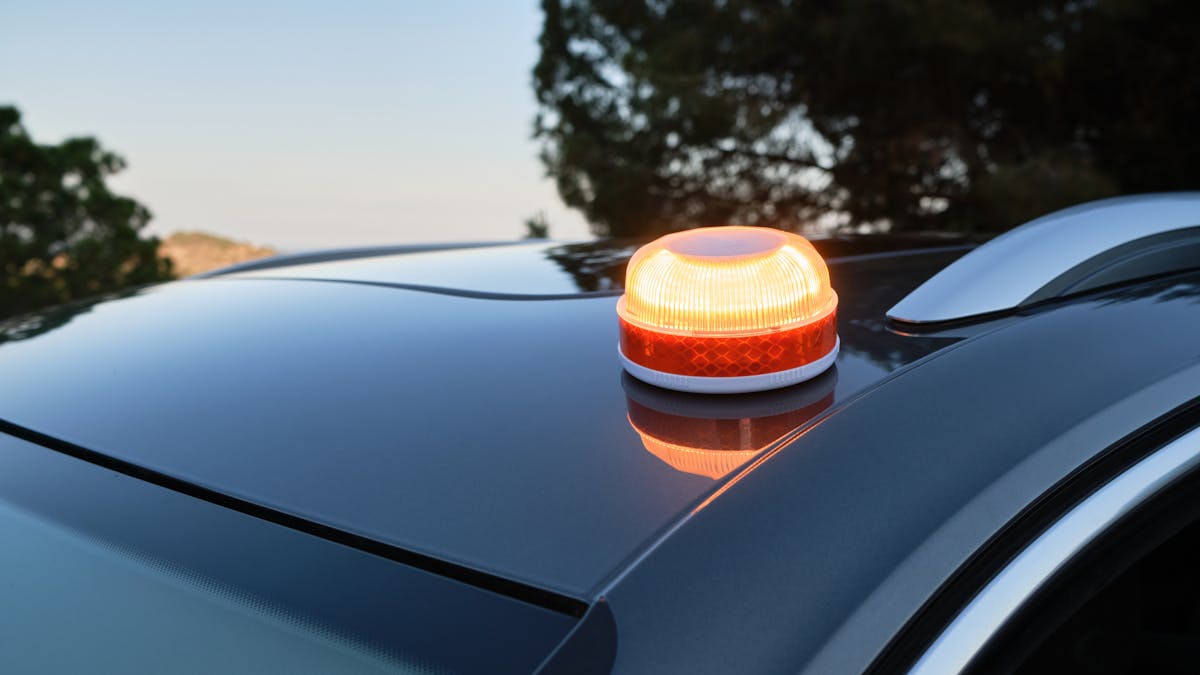DGT 3.0, the future of traffic in Spain

The connected car is already here. It is part of our daily lives, and it is undeniable that it is a great advance for our society. Who does not want to know where their car is in case of theft? Or to identify the nearest parking lots or pay a toll from the vehicle?
More and more connected cars are circulating around the world, but to reach their full potential we need to jointly develop the infrastructures that enable a holistic connection.
However, V2X is not just about infrastructure. V2X also involves fostering connectivity with other vehicles, mobile devices, networks and even pedestrians.
This is why we can find more and more initiatives launched with the aim of taking advantage of the benefits of the connected vehicle, and developing its environment to continue advancing in its development.
And the DGT was not going to be less. Taking advantage of the arrival of 5G and the great improvement it means for the quality of data transmission, it will follow our movements on the road through DGT 3.0.
Although this may evoke a world created by George Orwell and plagued by telescreens, the aim of this ambitious project is to increase road safety in Spain. The General Directorate of Traffic, like Big Brother, will know everything that happens on national roads.
Let's take a look at the keys to this project.
DGT 3.0 What is it?
DGT 3.0 is a platform that will interconnect traffic elements in real time.
It reaches not only vehicles, but also drivers, infrastructures and services. It will receive data from this ecosystem to process it in real time and send useful information back to users.
However, it maintains that anonymity will be maintained at all times, although the information generated may be used by apps for commercial purposes.
It is part of the European platform Data for Road Safety, which has already been joined by countries such as Germany, Austria, Belgium, Finland, the Netherlands, Luxembourg and the United Kingdom, in addition to Spain.
At the moment its scope is limited, it will only interact with 2 million connected vehicles.
And how do vehicles connect to the DGT?
They will do it through the Safety Related Traffic Information (SRTI) Ecosystem standard.
This standard defines the format that the data of the different parties that interact in it must maintain.
Car manufacturers will be able to decide whether to join it to connect and feed the system through a 4G/5G network.
More and more vehicles have factory connectivity, but those that do not have this technology will be able to connect an OBD device to be able to broadcast the data from their sensors.
What's in it for us?
This project promises numerous advantages for Spanish mobility.
José Francisco Montserrat, researcher at the UPV and advisor to the BM on Transport and 5G, estimates that up to 80% of traffic accidents could be reduced.
But his objectives are much more ambitious than an increase in road safety. According to the DGT, it will be possible to manage traffic much more efficiently, being able to prevent and avoid traffic jams by coordinating the vehicles moving around the city.
But when will it be implemented?
There are already numerous initiatives that bring us closer to this world of V2X connectivity.
For example, a new regulation will come into effect in July in which the V-16 light device will replace the triangle for signaling emergencies. V-16 will include a geolocation system that will make it possible to broadcast information about incidents on the road.
Operators of emergency vehicles will also be required to report breakdowns.
In the case of road works, it will be the infrastructure operators who will inform the DGT of the planning in real time.

Thanks to the V-16 device, we will be able to signal emergencies without the risk of getting out of the vehicle.
The questionable "black box"
Regarding measures affecting vehicles, from May 2024 all new type-approved vehicles will have to be fitted with ADAS safety systems. Specifically, with emergency braking, intelligent speed assistant and black box.
This black box will monitor vehicle parameters such as speed, revolutions, braking... Thus, we will know what happened before an accident and what caused it.
However, it is guaranteed that it will not access private conversations in the vehicle nor will it be possible to associate personal information related to it.
And the benefits are many. For example, by generating and unifying an enormous amount of data, it is possible to infer from the events generated by the vehicle (swerving, whether the fog lamps or ESP stability control have been turned on, whether the windshield wipers are activated, etc.), together with the coordinates and direction of traffic, whether an area is foggy or a road is slippery. This information will be sent back to users so that they can exercise extreme caution at the wheel.
With all these measures, it is expected that by 2050 we will be moving towards a scenario much closer to the goal of zero accidents.
Of course, for these plans to materialize, it is necessary to have adapted roads with sensors. This will allow us to obtain information on traffic, accidents, road works...
Numerous projects are bringing us closer to the roads of the future. One of them is Aivia, created by Ferrovial, Microsoft, 3M and Kapsch TrafficCom. It is not surprising to see how collaborations between infrastructure and technology companies are becoming more and more frequent.
The mobility of the future will be connected and data-driven. Therefore, 5G connectivity (and in the near future 6G connectivity) will be the key that will open the door to this new ecosystem.

